Max Littman, LCSW
September 30, 2025
There’s a difference between the experience of clarity and the effort to create coherence. Clarity arrives as a direct sense of inner truth. It is felt, immediate, and undeniably in the body. Coherence, on the other hand, is something we build. It comes from assembling stories, hypotheses, and theories to explain what has happened or what might happen. On a neurobiological level, it is the active connection of neural pathways.
When we talk about “finding the truth,” we often mean making sense of our lives. We gather experiences into a story that feels consistent and create theories to explain why events unfolded as they did, why we are who we are, and why we feel and behave as we do. These frameworks are useful—they give us orientation, predictability, and a way to share meaning with others. But they are also temporary. Stories change when new information appears. Theories shift when evidence points elsewhere. Hypotheses are, by definition, uncertain.
Clarity feels different. It doesn’t depend on fitting the pieces together. It doesn’t lean on evidence or narrative. Instead, it’s a felt reality: a recognition that resonates through our mind-body-spirit system. We sometimes describe it as “just knowing,” though it rarely comes with the neatness of explanation. It might be the sudden awareness that a relationship is over, or the quiet realization that a choice is right, even if it defies logic.
The search for coherence can obscure this kind of clarity. When we are busy looking for patterns, we may miss what is already clear. Coherence is about connection and sense-making. Clarity is about contact. One is built in the mind; the other is registered in the whole body. Clarity often feels like a pause, a parting of the seas: the body’s tension recedes, distractions dissolve, and a clear, undeniable path opens.
That doesn’t mean coherence is unnecessary. Without story, theory, or hypothesis, clarity often remains private and inarticulate. Coherence translates clarity into language and structure so that it can be understood, remembered, and shared. It helps us to be witnessed and connected. But the order matters. Coherence without clarity risks becoming a castle built on sand. Clarity without coherence risks remaining inarticulate and unanchored.
The deepest truths usually move through both stages. They can be first felt as clarity—inner, lived, undeniable—and then shaped into coherence so they can be integrated into life. When we confuse the two, we end up chasing explanations rather than noticing and living from what is already true.
For feedback and comments, I can be reached at max@maxlittman.com.
I provide consultation and therapy for therapists.
